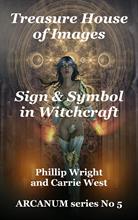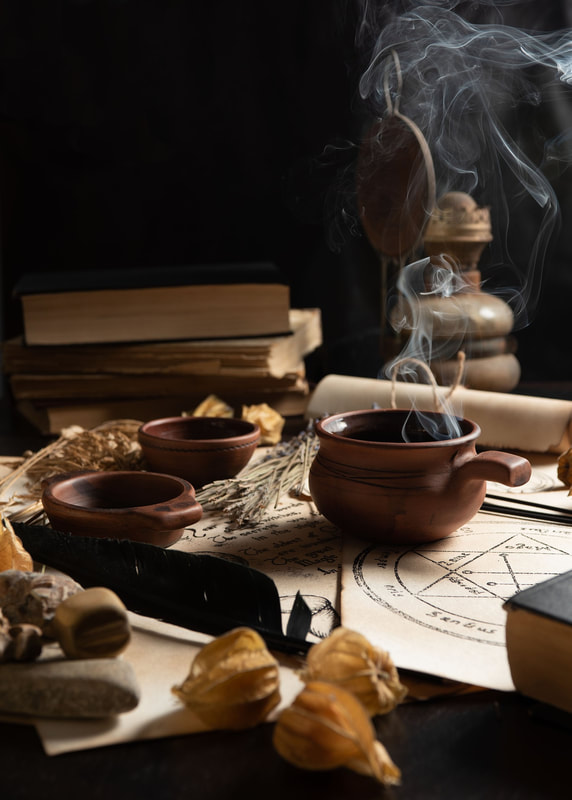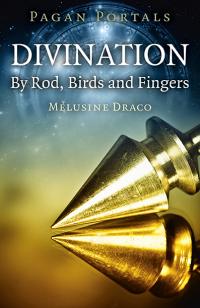
Quartz: Breath of the Dragon
There are many different varieties of quartz, several of which are semi-precious gemstones. Since antiquity, varieties of quartz have been the most commonly used minerals in the making of jewellery and hard-stone carvings, while in the metaphysical world quartz crystals are the supreme gift of Mother Earth. Even the smallest piece is imbued with powerful properties that enable the bearer to cross the boundaries between the worlds; while archaeologists are finding more and more evidence that quartz played an important part in the ritual and burial customs of our Megalithic and Paleolithic ancestors
It is the quartz element of granite that reconnects us with the spirit within the landscape. As an accomplished occultist and having a doctorate in Geology, one of the Coven’s founders, Mériém Clay-Egerton, was fascinated by the fact that for millennia, humanity and quartz had interacted with each other. She wrote that our ancestors having recognised the qualities of quartz was evident from the studies of its usage, not region by region, but over the entire area of the British Isles and other parts of the world: “Everywhere one looks there are clear distinct traces. To people who know its potential, it was clearly no accidental employment of any material to hand. It was sought out for use. Why?”
Quartz is the most common constituent of rock, she went on to explain, a basic silicate dioxide having three molecules arranged in either a right or left-handed spiral form, which has the power
of polarising light in more than one direction: “When light enters a crystal it splits into two beams, due to the differing speeds of the light’s velocity being refracted back from the different vibration of the crystal’s lattices, and their own individual refracting indices. In certain circumstances, the crystals can act as ‘windows’ to ultra-violet and infra-red wavelengths. In
addition to these scientific points, we may also hear quartz crystals hum or ‘sing’. We can also see quartz crystals displaying piezoelectric effects.”
These are scientific terms for what our ancestors knew: “Burial chambers with quartz kerb-stones were commonplace, as were the pits used for inhumations, which were sprinkled with quartz chippings, both whole and broken. There is a school of thought that these were used to either keep the individuals concerned safely at rest, or to permit the living to contact spirit
entities when they were in a correctly attuned state.”
On a metaphysical level, Mériém wrote: “Standing stones (some of which are made of quartz - others may contain a high percentage of it), are accepted by psychics [and magical practitioners] as being able to act as conductors of ‘earth-force’, such as that encountered at nodal points for energy lines. If they are acting like natural ‘acupuncture needles’, then it is not surprising that they should be as pure a substance as possible and with natural powers of their own. Many circles in the south-west of England appear to have been originally constructed with a central point; other phases being tacked on afterwards. A quartz stone, or stones with high quartz content, will often appear in such a prominent position, having superseded the original wooden post.” A new study reveals how Stonehenge has stood the test of time so successfully: The quartz crystals that make up the sarsens form an interlocking structure that makes the boulders nearly indestructible.
And much closer to home: “Nowadays, we protect our water with chemicals to make it fit for us to drink, but in ancient times folk made offerings to the guardians of holy wells. Some were simple things, others were valuable objects that had been ceremoniously broken; it is strange how often white stones, and quartz in particular, figured highly on the list of offerings. As the wells were quite often used in fertility and healing rites, then I suppose we should naturally expect quartz to be a frequent gift. Today, crystal healing is still practised; and quartz plain or coloured, is one of the principal stones used – yet another relic of our past.”
In truth, as Dr Clay-Egerton asserted some forty years ago, the use of quartz in prehistoric stone-working traditions was a worldwide phenomenon. For archaeologists, however, quartz analysis presented significant challenges with the result that it was often misidentified, or ignored, or only cursorily analysed. Indeed, well into the 20th-century, quartz artefacts were routinely discarded during excavations. Nevertheless, quartz was an integral part of traditional British Old Craft teaching all those years ago and, despite the contemporary pagan penchant for crystals, for us nothing was allowed to displace quartz from being the most valuable stone for witchcraft.
On a final note: quartz is solid silica and if it did not crystallize when it solidified it is known as flint, and everyone knows that two flints struck together will produce a spark. What is not generally known is that all quartz pebbles will do the same and often produce bigger and better sparks. Clear quartz, or rock crystal, will produce an orange spark if two pieces are
struck together in a darkened room, accompanied by the smell of burning … and this can be viewed as magical fire from the very Earth itself. Despite all the gems of the world, for the magical practitioner, natural quartz should remain the most precious gift of all.
As a result of this current resurgence of academic interest, there is a certain pride and satisfaction in knowing that the ‘old-fashioned’ teachings of traditional British Old Craft are now being validated by contemporary scientists and archaeologists, who are beginning to understand that the ancients’ obsession with quartz crystals was more than just a passing fancy. It was Aleister Crowley who maintained that magic was an amalgam of art and science and those Old Crafters of my generation were fortunate indeed, that our founder was a doctor of geology, with more than a passing interest in archaeology, anthropology and ‘earth mysteries’. This meant that we also had a thorough grounding in these subjects and were encouraged to investigate further for information and knowledge … a practice that is maintained within the Coven to the present day.
‘Thanks, Mériém …’
Quartz: Breath of the Dragon is the sixth in the ignotus press Arcanum series. ISBN: 9781803021829 : Type Paperback : Pages: 104 : Published: 17 September 2021: Price
£6.85 : Order direct from https://www.feedaread.com/books/Quartz-Breath-of-the-Dragon-9781803021829.aspx





 RSS Feed
RSS Feed